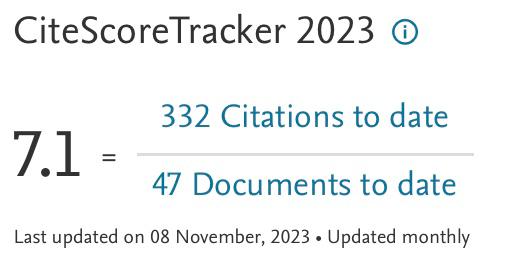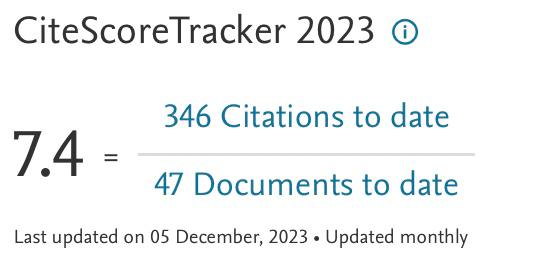Exploring Discontinuous Meshing for CFD Modelling of Counter Flow Heat Exchanger
Keywords:
CFD, Counter-flow, Discontinuous, Heat Exchanger, MeshingAbstract
Computational fluid dynamics (CFD) analysis was conducted on multi-layered parallel-plated counter flow heat exchanger using continuous and discontinuous meshing schemes. A unit cell of the counter flow heat exchanger was initially selected as a computational domain for testing the CFD metrics. The results of Nusselt number and friction factor using continuous meshing were compared to available methods in literature. Good agreement was found with 6 % and 1 % maximum deviations in Nusselt number and friction factor results, respectively. The CFD simulations were performed at different Reynolds numbers ranging from 100 to 2000 using the two approaches for a unit cell and for a compete geometry of the heat exchanger. The results of the two approaches were compared in terms of accuracy and computational time. It was found that the results of Nusselt number of discontinuous meshing approach are 8% overestimated only at higher Reynolds numbers, while the results of pressure drop of discontinuous meshing approach are 8.5% underestimated at higher Reynolds numbers. The discontinuous meshing approach is recommended for the preliminary design of a heat exchanger regardless of the complexity of the geometry as less memory and time are required.
























